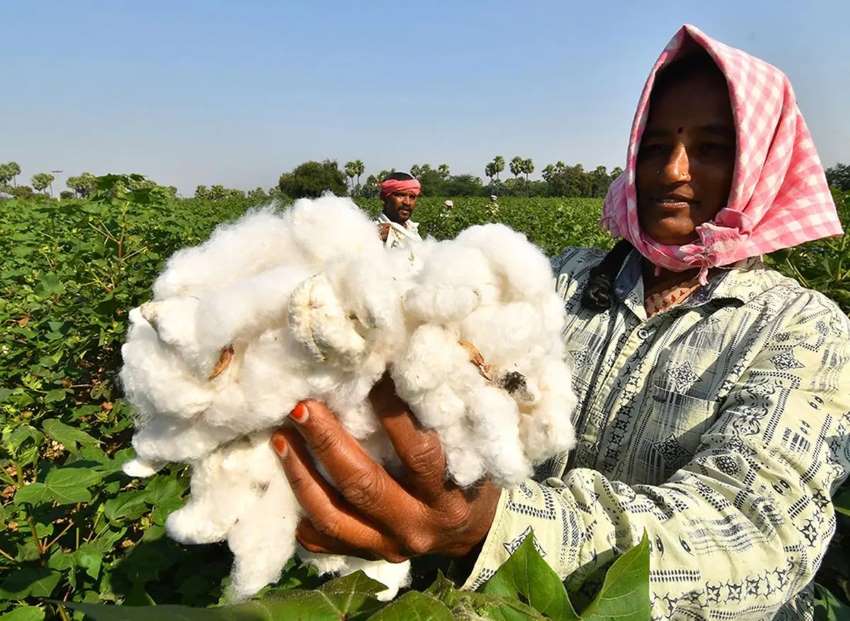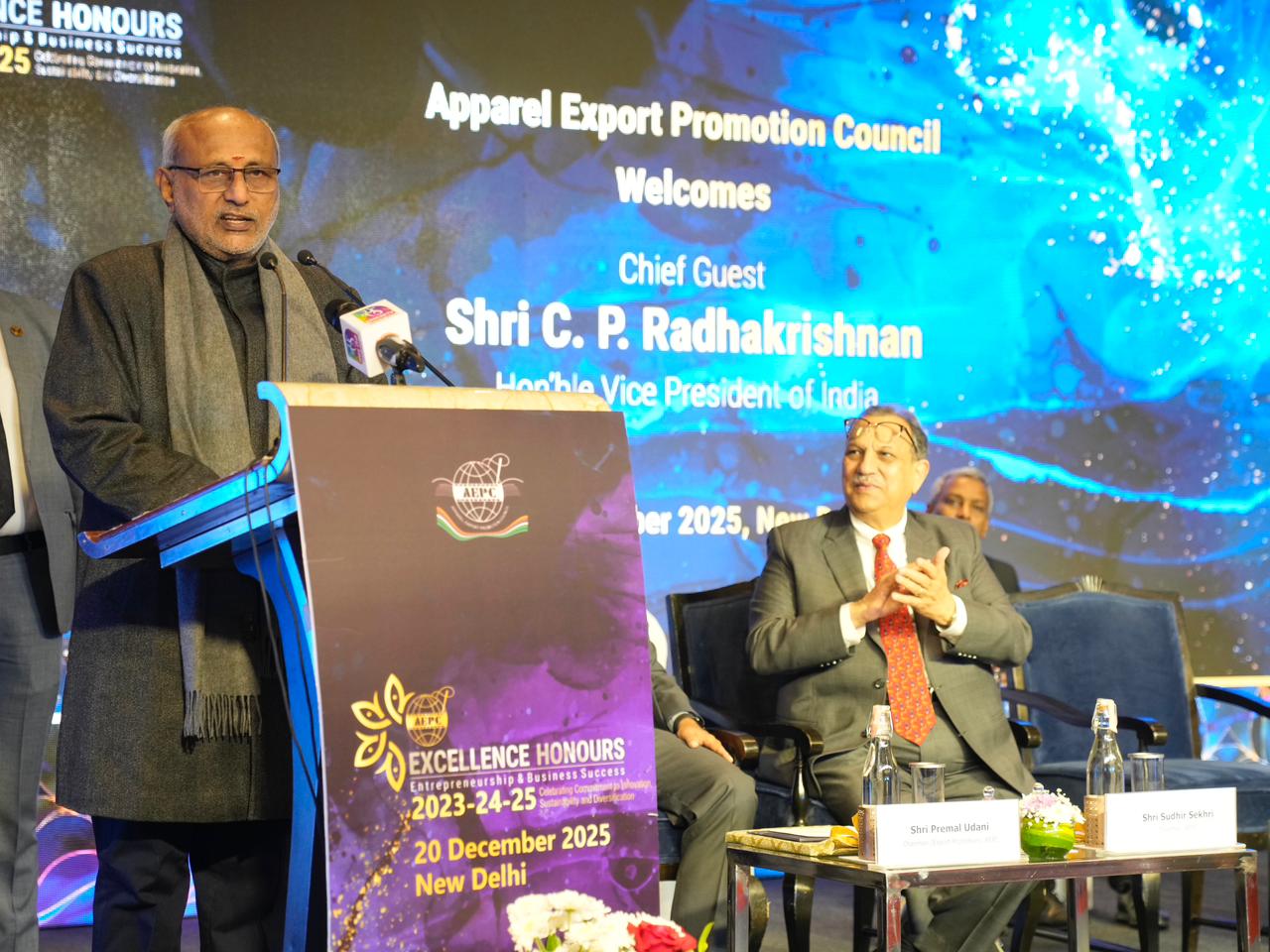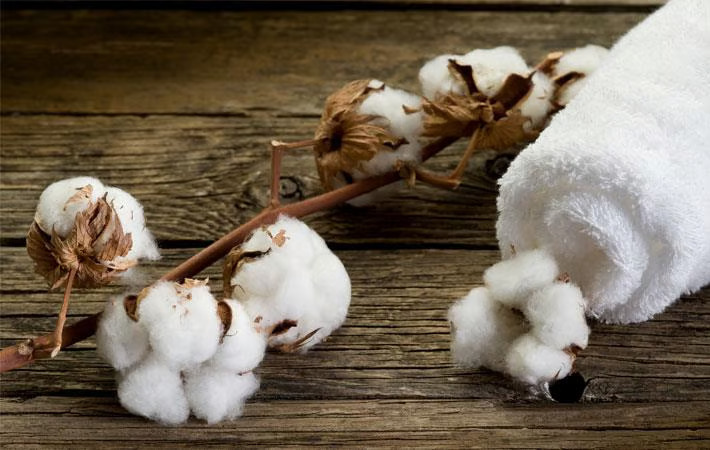
India's textile sector—a symbol of resilience, rural prosperity, and export strength—is at a crossroad. As the 2025-26 fiscal unfolds, a complex challenge grips the industry: shrinking cotton exports, ballooning imports, and relentless pressure on the margins of domestic mills. For a country that once prided itself as a leading global cotton exporter, this shift signals more than a market correction—it underscores structural vulnerabilities that could reshape India’s textile trajectory.
At the heart of this transformation lies a contradiction. While India’s cotton yarn exports are showing faint signs of revival, raw cotton imports are rising at an alarming rate. The trend not only exposes Indian mills to global market volatilities but also raises fundamental questions about domestic cotton policy, pricing, and long-term competitiveness.
From export giant to import reliant
Historically, India was a dominant cotton exporter. But that narrative is quickly unraveling. Recent data points to a dramatic reversal: from October 2023 to April 2025, cotton imports have surged, often exceeding exports by wide margins.
Table: Indian cotton import vs. export (MT)
|
Month/Year |
Import (MT) |
Export (MT) |
|
Oct-23 |
11,226 |
26,190 |
|
Nov-23 |
9,434 |
34,182 |
|
Dec-23 |
8,990 |
37,954 |
|
Jan-24 |
4,937 |
47,781 |
|
Feb-24 |
7,209 |
120,166 |
|
Mar-24 |
9,940 |
64,441 |
|
Apr-24 |
16,761 |
38,567 |
|
May-24 |
13,305 |
39,830 |
|
Jun-24 |
14,481 |
36,884 |
|
Jul-24 |
25,267 |
17,387 |
|
Aug-24 |
35,620 |
10,087 |
|
Sep-24 |
46,987 |
8,641 |
|
Oct-24 |
61,391 |
17,880 |
|
Nov-24 |
61,922 |
28,696 |
|
Dec-24 |
87,307 |
40,750 |
|
Jan-25 |
73,502 |
37,652 |
|
Feb-25 |
58,001 |
29,982 |
|
Mar-25 |
49,126 |
21,934 |
|
Apr-25 |
34,152 |
21,035 |
Source: Indian Cotton Import Vs Export Chart
While the first half of the period (Oct ’23–Mar ’24) saw stronger exports, the trend flipped dramatically from mid-2024 onwards. By April 2025, monthly imports were outstripping exports by over 60%. This import-dependence is particularly concerning for a country that still ranks among the world’s top cotton producers.
So, what triggered this reversal? One factor is India’s high Minimum Support Price (MSP) for cotton. Designed to safeguard farmers, the MSP has made domestic cotton more expensive than international alternatives. While this supports rural incomes, it simultaneously erodes the competitiveness of Indian cotton on the global stage.
Add to this a shrinking domestic surplus—thanks to erratic weather patterns, lower yields, and stagnant acreage—and you get a market where mills are increasingly turning to imported fiber to stay operational.
Yarn exports recovery on fragile ground
While the raw cotton trade suffers, yarn exports tell a slightly more hopeful story. After dipping significantly between 2018 and 2022, India’s cotton yarn exports are staging a comeback. But the climb is slow—and precarious.
Table: Yearwise cotton yarn exports (MT)
|
Fiscal Year |
Export (MT) |
|
2016-17 |
1,088,083 |
|
2017-18 |
1,261,652 |
|
2018-19 |
1,003,735 |
|
2019-20 |
978,558 |
|
2020-21 |
1,181,313 |
|
2021-22 |
899,311 |
|
2022-23 |
927,062 |
|
2023-24 |
1,091,580 |
Source: Yearwise Indian Cotton Yarn Exports Chart
Despite nearing pre-2018 levels, yarn exports are still below their 2017-18 peak. And sustaining this recovery is difficult. Spinners are caught in a bind: they must import cotton at higher costs to remain operational, but they face stiff global competition from countries with cheaper input costs.
The domestic mill squeeze
On the ground, India’s spinning mills are grappling with a perfect storm. Raw material cost inflation is eating into margins, with mills forced to choose between expensive domestic cotton and volatile imported alternatives. Worse, yarn and fabric prices haven’t kept pace with input costs, compressing profit margins to unsustainable levels.
Many mills are running below capacity, delaying modernization efforts, scaling down operations, and in some cases, laying off workers. For a sector that employs over 45 million people across its value chain, this is more than a business concern—it’s a social one.
Policy a balancing act
At the heart of the cotton conundrum lies a challenging policy tightrope. The government must balance farmer welfare (through MSP) with mill viability and export competitiveness. Industry insiders believe that the Cotton Corporation of India (CCI) has an important role to play. Transparent, predictable release of CCI-held cotton stocks at reasonable prices could ease pressure on mills. “A stable procurement calendar and parity pricing can bring much-needed predictability into the market,” says a senior industry executive.
Moreover, experts are calling for a review of duty structures. Reducing duties on cotton imports during deficit periods and providing export incentives for value-added products could boost sectoral health.
A roadmap for revival
To reinvigorate the cotton and textile ecosystem, stakeholders are pushing a multi-pronged revival strategy:
1. CCI Policy Transparency
Mills need predictable and transparent timelines for CCI stock releases. This would reduce procurement uncertainty and stabilize prices.
2. Affordable Domestic Cotton Access
Mechanisms like differential MSPs for industrial use or cotton pools for mills could make Indian cotton more accessible and competitively priced.
3. Focus on Value-Added Exports
Rather than focusing on raw cotton exports, India must move up the value chain—specialty yarns, technical textiles, and finished fabrics offer higher margins and job creation.
4. Sustainable & Traceable Cotton for Premium Markets
With ESG compliance gaining traction globally, investing in regenerative, organic, and traceable cotton can help India tap premium international markets.
A sector at the crossroads
India’s textile sector is no stranger to turbulence, but the current cotton crisis is unlike past cycles. It reflects deeper structural issues—pricing rigidity, policy imbalances, and a lag in modernization. Hence, without urgent and coordinated policy action, India risks ceding its leadership in cotton and textiles to more nimble competitors. Yet, within this crisis lies an opportunity. By reimagining cotton as a value chain—not just a raw material—and aligning farmer interests with manufacturing competitiveness, India can weave a stronger, more resilient future. As one industry veteran aptly put it: “We’re not just importing cotton; we’re importing risk. It’s time to spin a different story.”












